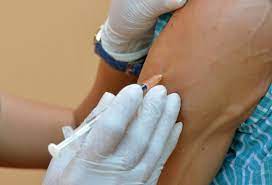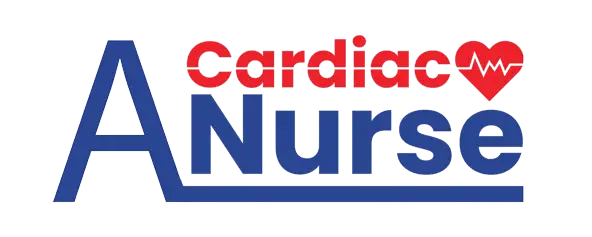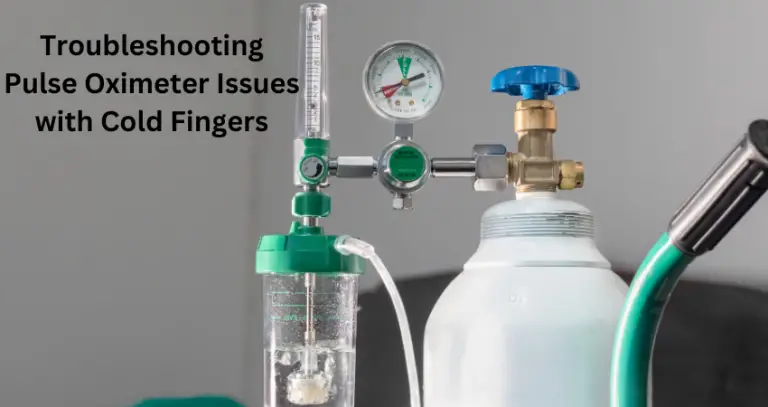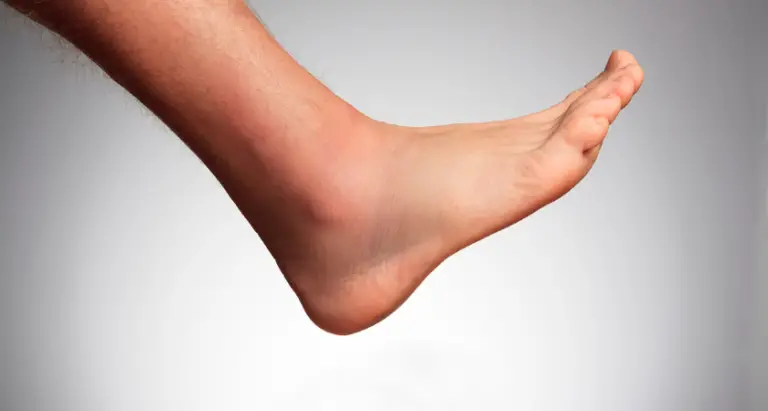How to Draw Up a Solution for an Injection: A Detailed Step-by-Step Guide with Rationales

How to Draw Up a Solution for an Injection: A Detailed Step-by-Step Guide with Rationales
Introduction
Drawing up a solution for an injection is a critical task that requires meticulous attention to hygiene and procedure. Below is a more detailed guide with each step expanded to include the rationale or reasoning behind it.
Supplies You’ll Need
- Vial of medication
- Sterile syringe with needle
- Alcohol wipes
- Sterile gauze
- Sharps disposal container
Rationale for Supplies
You’ll need these specific items to ensure that the injection is done safely and effectively.
Step 1: Wash Your Hands
Action
The first step is to wash your hands thoroughly with soap and water.
Rationale
Washing your hands removes germs and bacteria, lowering the risk of contamination and infection.
Step 2: Prepare Your Supplies
Action
Lay out all your supplies on a clean, flat surface. Double-check the medication vial for the correct medication and expiration date. Shake the vial if necessary.
Rationale
Preparing all supplies ahead of time ensures that you have everything you need at hand. Verifying medication and expiration dates avoids administering incorrect or expired medication.
Step 3: Sanitize the Vial
Action
Use an alcohol wipe to clean the rubber top of the medication vial.
Rationale
Sanitizing the vial top helps to remove germs and minimizes the risk of contamination.
Step 4: Prepare the Syringe
Action
Remove the syringe and needle from their sterile packaging without touching the needle’s tip.
Rationale
Keeping the needle sterile is crucial for preventing infections.
Step 5: Pull Air into the Syringe
Action
Pull the plunger back to draw in air equal to the dose of medication you’ll be administering.
Rationale
Drawing air into the syringe makes it easier to pull the medication into it in the next steps.
Step 6: Insert Air into the Vial
Action
Pierce the vial’s rubber stopper with the needle and inject the air into the vial.
Rationale
Injecting air equalizes pressure inside the vial, making it easier to draw out the medication.
Step 7: Draw Up the Medication
Action
While keeping the needle in the vial, turn the vial upside down. Slowly pull the syringe’s plunger back to your required dosage.
Rationale
Turning the vial upside down ensures that you’re drawing liquid and not air. Drawing the medication slowly minimizes the chance of air bubbles.
Step 8: Double-Check the Dosage
Action
Inspect the syringe to confirm you’ve drawn the correct dosage. Make adjustments if needed.
Rationale
Double-checking ensures that you administer the correct dose, which is critical for the medication’s effectiveness.
Step 9: Remove the Needle
Action
Carefully remove the needle from the vial and place the cap back on.
Rationale
Recapping the needle prevents accidental injury and contamination.
Step 10: Store or Use
Action
If you’re using the medication immediately, proceed with the injection. Otherwise, store the syringe in a safe, sterile place until needed.
Rationale
Proper storage ensures the medication remains effective and reduces the risk of contamination.
Step 11: Dispose of Supplies
Action
After you’re done, dispose of the used needle and syringe in a designated sharps disposal container.
Rationale
Proper disposal prevents injuries and is necessary for hygiene and safety.
Step 12: Wash Hands Again
Action
Once you’re done with all the steps, wash your hands again with soap and water.
Rationale
A final handwash minimizes the risk of spreading any leftover germs.
Final Words
Each step in this process has a specific reason behind it, geared towards ensuring both safety and effectiveness. Always consult with healthcare professionals for personalized guidance on how to administer injections properly.
Phyllis Robinson MSN, RN is a Registered Nurse of 27 years. Phyllis is passionate about the prevention and healing of heart disease using traditional and alternative methods. She has experience in emergency room, telemetry, infusion, and critical care. Phyllis currently practices in an intensive care unit.






